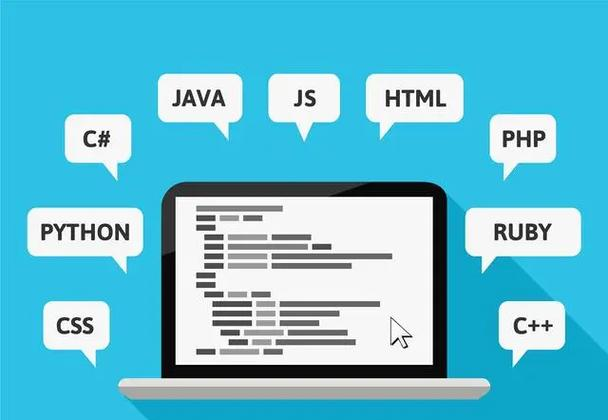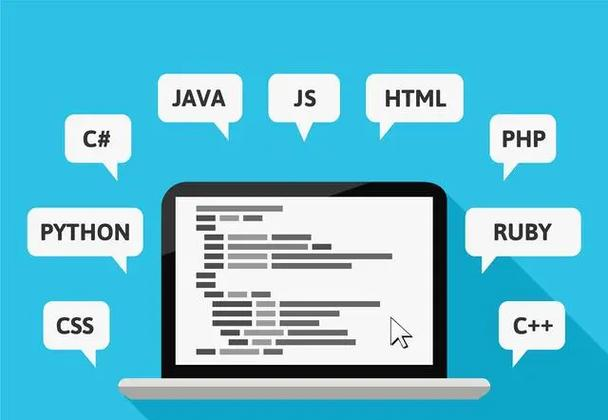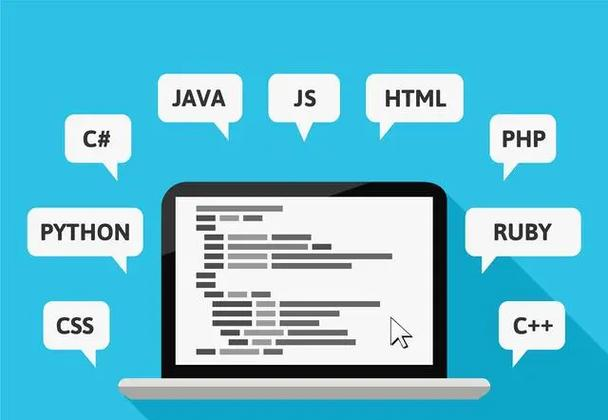Little Horse’s Java Kitchen: OkHttp, A Java Network Communication Messenger!
Introduction: Starting from Ordering Takeout
Friends, let’s talk about a small scene in our daily life: when you are hungry, you open the takeout app to order food. You enter the address, choose the meal, click to place the order, and soon the delivery rider arrives. The whole process seems simple, but behind it lies a complex communication mechanism: your request is sent to the merchant, the merchant confirms and responds, and then the platform coordinates the rider to take the order. Isn’t this a true portrayal of network communication?
Today’s protagonist—OkHttp—is like a messenger in the Java world, specifically responsible for helping programs send requests and receive responses! Without further ado, let’s get started! In this article, you will learn:

-
What is OkHttp and what can it do? -
How to elegantly send HTTP requests using it? -
Analysis of common errors, how to avoid them? -
Advanced usage: How to efficiently manage multiple requests? -
Sharing experiences from some real projects!
After learning this article, we will be able to write elegant and efficient network code using OkHttp and avoid the pitfalls of beginners! Let’s go!
Main Content
1. What is OkHttp?
OkHttp is a lightweight HTTP client library used to help us communicate with servers in Java. Its characteristics include:
-
Efficient: Supports connection pooling and HTTP/2 protocol, allowing connection reuse and resource savings. -
Flexible: Supports synchronous and asynchronous requests to meet various scenarios. -
Simple and easy to use: Clear API, less code, and great development experience!

To put it in kitchen terms, OkHttp is our messenger, helping to deliver the “ordering request” (HTTP request) to the merchant (server) and then bringing back the “merchant’s reply” (HTTP response) to us.
2. Environment Setup
2.1 Adding Dependencies
Add the following dependency to your pom.xml:
xml copy
<dependency>
<groupId>com.squareup.okhttp3</groupId>
<artifactId>okhttp</artifactId>
<version>4.11.0</version>
</dependency>
If you are using Gradle, add the following:

gradle copy
implementation 'com.squareup.okhttp3:okhttp:4.11.0'
2.2 After Setting Up the Environment, Let’s Get Started!
3. Basic Usage—Sending Your First GET Request
Learning programming is like learning to cook; we need to start with the basics. Let’s write an example of a GET request:
java copy
import okhttp3.OkHttpClient;
import okhttp3.Request;
import okhttp3.Response;
public class OkHttpExample {
public static void main(String[] args) {
// 1. Create an OkHttpClient instance
OkHttpClient client = new OkHttpClient();
// 2. Build the request
Request request = new Request.Builder()
.url("https://jsonplaceholder.typicode.com/posts/1")
.build();
// 3. Send the request and get the response
try (Response response = client.newCall(request).execute()) {
if (response.isSuccessful()) {
// 4. Print the returned result
System.out.println(response.body().string());
} else {
System.out.println("Request failed, status code: " + response.code());
}
} catch (Exception e) {
e.printStackTrace();
}
}
}
Code Explanation
-
Creating an OkHttpClient instance: Like a pot in the kitchen, we use it to handle each request. -
Building the Request object: Set the request address using .url(). -
Sending the request: Send the request using client.newCall(request).execute(). Note that this is a synchronous request. -
Handling the response: Use response.body().string()to get the content returned by the server.
Run this code, and you will see the returned JSON data:
json copy
{
"userId": 1,
"id": 1,
"title": "sunt aut facere repellat provident occaecati excepturi optio reprehenderit",
"body": "quia et suscipit\nsuscipit reprehenderit ..."
}
4. Error Demonstrations and Analysis
We can also mess up in the kitchen, like burning food when the fire is too high. Programming is the same; common errors in OkHttp include:
Error 1: Forgetting to Close the Response
java copy
Response response = client.newCall(request).execute();
// Here, forgetting to close response will lead to memory leaks!
-
Analysis: OkHttp maintains a connection pool, and if the response is not closed, the connection cannot be reused. -
Solution: Use try-with-resourcesto automatically close the response.
Error 2: Sending Requests on the Main Thread
java copy
Response response = client.newCall(request).execute(); // This will block the UI thread!
-
Analysis: Synchronous requests block the thread, especially in Android development, where blocking the main thread leads to application unresponsiveness. -
Solution: Use asynchronous requests, which we will discuss shortly.
5. Advanced Usage—Asynchronous Requests
Let’s continue to elevate our recipe! Asynchronous requests allow the program to not be blocked while sending requests, like this:
java copy
import okhttp3.Call;
import okhttp3.Callback;
import okhttp3.OkHttpClient;
import okhttp3.Request;
import okhttp3.Response;
import java.io.IOException;
public class OkHttpAsyncExample {
public static void main(String[] args) {
OkHttpClient client = new OkHttpClient();
Request request = new Request.Builder()
.url("https://jsonplaceholder.typicode.com/posts/1")
.build();
// Asynchronous request
client.newCall(request).enqueue(new Callback() {
@Override
public void onFailure(Call call, IOException e) {
System.out.println("Request failed: " + e.getMessage());
}
@Override
public void onResponse(Call call, Response response) throws IOException {
if (response.isSuccessful()) {
System.out.println("Returned result: " + response.body().string());
} else {
System.out.println("Request failed, status code: " + response.code());
}
}
});
System.out.println("Asynchronous request has been sent!");
}
}
6. Sharing Project Experience
-
Connection Pool Optimization: OkHttp supports connection reuse by default, but for high-concurrency scenarios, you can optimize by customizing OkHttpClient‘sConnectionPool. -
Timeout Settings: In real projects, it is essential to set reasonable timeout durations to avoid hanging requests:
java copy
OkHttpClient client = new OkHttpClient.Builder()
.connectTimeout(10, TimeUnit.SECONDS)
.readTimeout(20, TimeUnit.SECONDS)
.writeTimeout(20, TimeUnit.SECONDS)
.build();
7. Tips
-
HTTPS Support: OkHttp supports HTTPS by default, so you don’t have to worry about certificate verification! -
Interceptors: You can use Interceptorto insert custom logic into requests or responses, such as adding a unified header.
Special Section
Little Horse’s Pitfall Diary
When I first started using OkHttp, I often forgot to close the response, which led to memory overflow after the program ran for a while! Later, I learned to use try-with-resources, and I’m no longer afraid!
Questions Interviewers Love to Ask
Question: What advantages does OkHttp have over HttpURLConnection?
Answer: OkHttp supports connection pooling, asynchronous requests, and interceptors, offering better performance and more concise code.
Conclusion: Challenge Tasks & Warm Wishes
Summary of Knowledge Points: Today we learned the basic usage of OkHttp, synchronous/asynchronous requests, common errors, and some optimization techniques.
Challenge Task: Try to implement a simple weather query program using OkHttp, input the city name, and return the weather data!
Friends, remember to practice today’s code! If you have any questions, feel free to ask Little Horse in the comments section, I’m always online! Wish everyone a happy learning experience, and may your Java journey go further and further!🎉